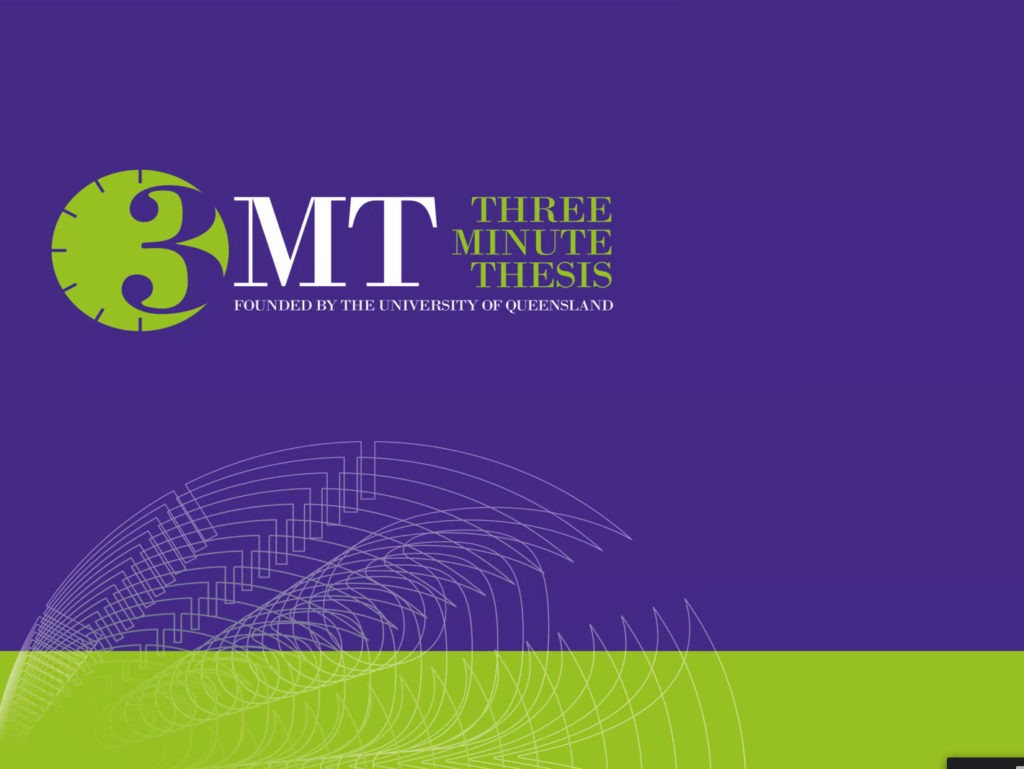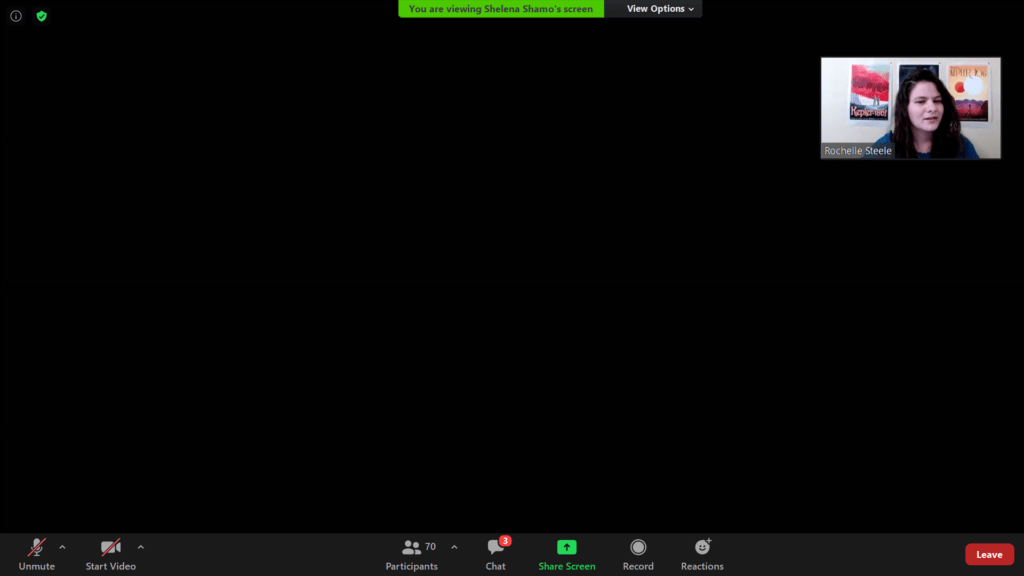
The BYU Department of Physics and Astronomy held its Three Minute Thesis competition where graduate students summarized their master’s theses in three minutes.
Rochelle Steele and Nick Allen competed to win the department level round of the competition on Feb. 11, with Steele coming in first and Allen second.
The competition is a research presentation and skills development contest for graduate students. Participants have three minutes to present the essential aspects of their thesis.
Steele’s thesis title was “Searching for something in nothing: a study of voids in space.” She focused on whether small galaxies can be found in voids in space.
Allen titled his thesis, “Carbon Electrodes for Bioimpedance to Measure Blood Glucose with a SmartWatch.” He discussed the possibility of measuring glucose levels through smartwatches for people with diabetes.
Students have to present their thesis on a single, static Powerpoint slide by spoken word and cannot use additional props or any electronic media. Those who exceed three minutes are disqualified.
The BYU Graduate Studies webpage says contestants are judged on their explanation of research, how they create interest in their topic and how they break down their message to a non-specialist audience.
The University of Queensland created the competition in 2008 and BYU has since adopted the competition, creating rounds starting within departments, then individual colleges and finally the university level.
The two winning contestants will go on to the College of Physical and Mathematical Sciences level round, competing against other departments’ winners on Feb. 19. The winner of that round will go on to the university-wide round on March 11.
Steele won both the department’s first place slot and people’s choice award during the competition on Feb. 11.

Steele’s thesis covered voids in space. She said a method called spectroscopy has been previously used to try to determine whether there are extremely small galaxies inside these voids. However, using a new method she developed, she’s concluded that the energy in the voids are not galaxies.
“I have learned that none of the galaxies tested are inside the void. As far as I can tell, voids are as empty as they seem. There is something else causing this energy: something that we don’t yet understand about the universe, something more to discover,” Steele said.
Allen presented on the long-standing finger pricking and patch use testing methods people with diabetes practice. He said the possible use of smart watches to measure glucose levels would provide real time evaluations of blood sugar.
Smartwatches effortlessly monitor other aspects of human health and would be extremely helpful for diabetes patients, he said. However, he found many challenges in measuring glucose without access to blood.
The finals round of the Three Minute Thesis university competition will be held on March 11 in the Harold B. Lee Library, with presentations streamed over Zoom.




